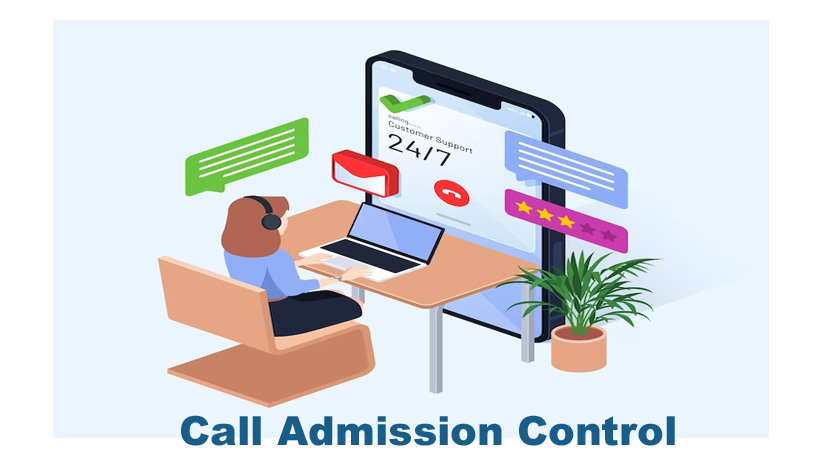Call admission control will help in preventing over-subscription of VoIP networks. CAC is different from capabilities of quality of services tools to protect voice traffic from control procedures. Unlike data traffic, it is used in the call setup phase and applies to real-time media traffic.
Call admission control will regulate voice quality by limiting the number of calls active simultaneously on a specific link. CC will not guarantee a particular level of audio quality on the link but will help you regulate the amount of bandwidth consumed by active calls.
CAC will operate by rejecting a call for policy reasons and bandwidth. When any call is rejected due to call admission control, the phone of the one who gets the call does not ring, and the one who calls will receive a busy tone.
Most call admission control algorithms will work by controlling the overall utilized bandwidth, the number of databases passing specific points per unit of time, or the number of calls. There is another process involved in regulating the calls called priority descriptors. This process will prevent new calls from entering the network, especially when search calls overburden a particular server’s CPU resources.
The policies of CAC can be set to assist with voice firewall tools so that the number of nuisance calls is reduced in your organization. It is also best to avoid social engineering attacks by training employees to prevent security issues from malicious phone calls. Hence, they know what to do when the situation occurs.
You need to remember that without the CAC function in the VoIP network during the time of overload. The link becomes congested, and if you keep receiving new calls. Salts will be in progress. Not only do the unknown calls start dropping packets, but they also experience longer delays.

